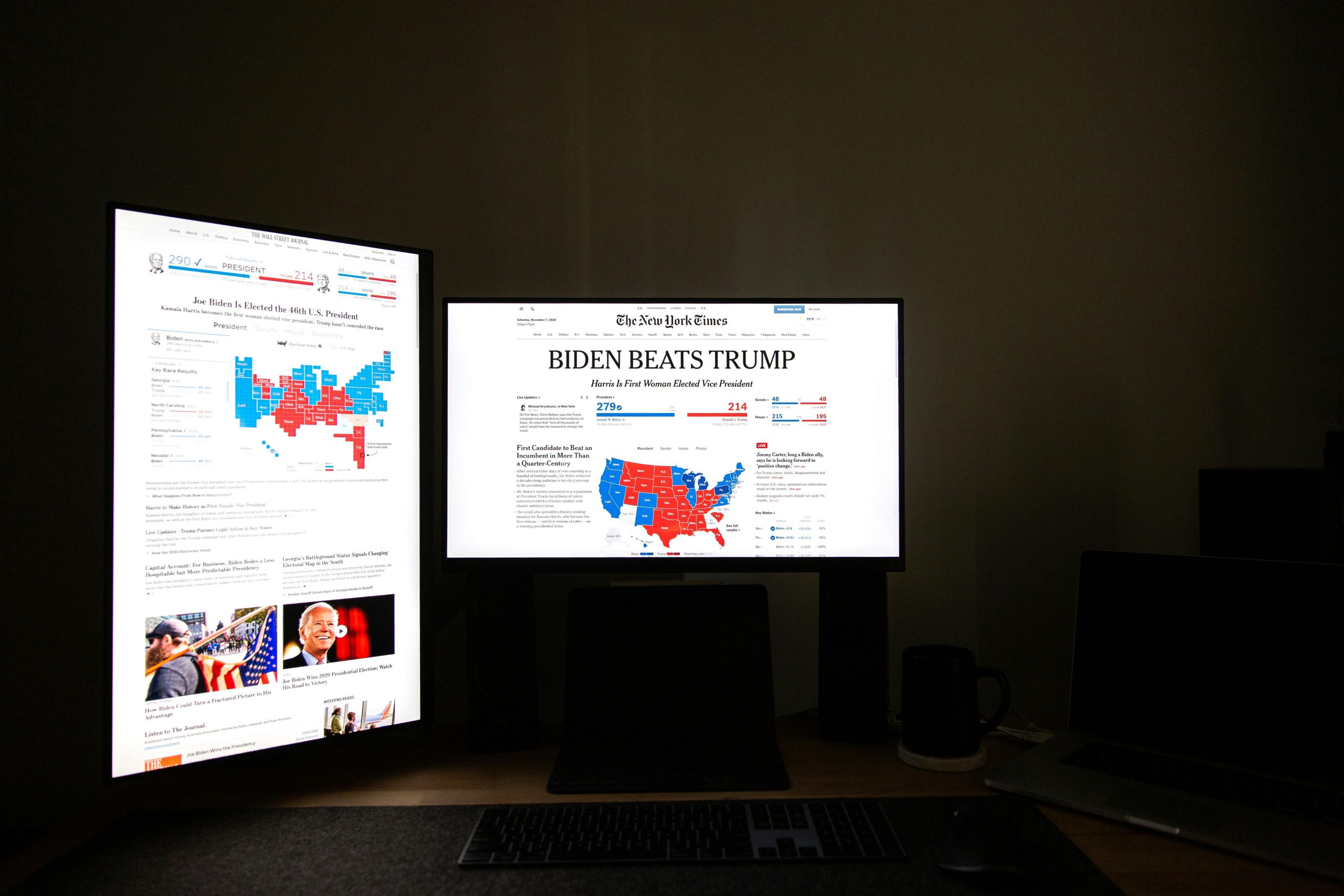In the trading industry, there are numerous situations where one can face significant risks, often navigating through market uncertainties, economic downturns, or even internal company challenges. My “narrow escape” story revolves around a critical incident during the 2008 financial crisis.
At the time, I was part of a trading team at a major financial institution primarily focused on mortgage-backed securities (MBS). In the years leading up to the crisis, our portfolio had performed exceptionally well, fueled by the booming housing market. However, as concerns about subprime mortgage defaults began to rise, internal discussions about our exposure became more frequent.
I remember distinctly a day in early 2008 when our department head called an urgent meeting to discuss potential strategies to mitigate our risk exposure. Intuitively, and based on emerging data trends, I advocated for a substantial reduction in our MBS positions and a shift towards more conservative, diversified assets. This proposal was initially met with resistance, given the lucrative returns those securities were providing at that time.
After persistent discussions and a detailed presentation highlighting the looming risks, including analyzing the deteriorating macroeconomic indicators and housing market signals, my proposal gained traction. Our team and upper management eventually decided to reduce our exposure significantly, reallocating resources towards safer instruments like government bonds and more stable equity sectors.
A few months later, as the crisis unfolded and the MBS market collapsed, many in the industry faced severe losses and massive layoffs. The decision to adjust our portfolios early not only limited our financial exposure but also positioned us relatively advantageously compared to our peers during those tumultuous times.
This experience underscored the importance of vigilance, data-driven analysis, and advocating for prudent risk management, especially in situations where short-term gains might blind decision-making to potential long-term exposures. It has since been a cornerstone in my career approach to trading and investment strategies.

No responses yet